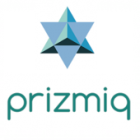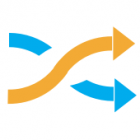
Pricing Optimization Project for Test Innovators
Students nowadays are facing tremendous competition and pressure while applying for higher education. One of the most difficult parts is preparing for the tests. Test Innovators focus on promising the students with a brighter future by providing preparation online tests for different exams. Although the company has thrived in the business, it could maximize the profit by executing different pricing strategies. Combining lore in machine learning and business, our team conducts several experiments on the websites to observe the behavior of users, including free trial demo, subscription pricing and website A-B testing. We collect both user behavior and transaction data to perform analysis helping the business to grow its customer base and maximize revenue per capita simultaneously. Our work not only benefits the business, but also helps the students to have a prosperous future by increasing their chance to be admitted to an ivy-league college.








